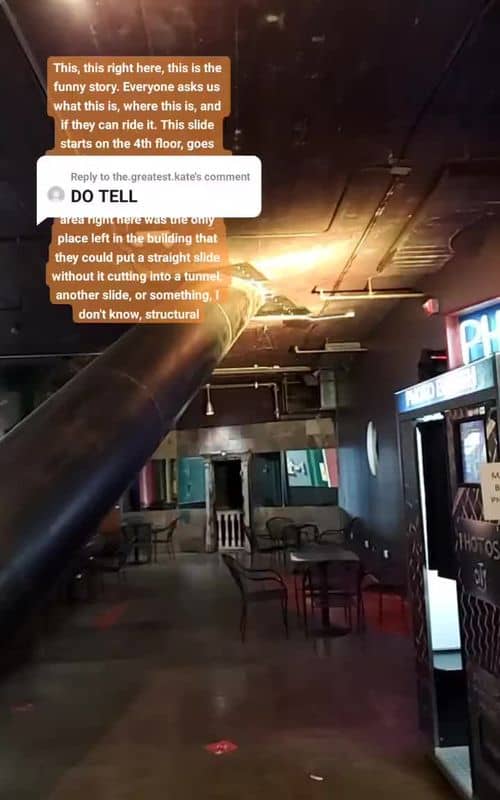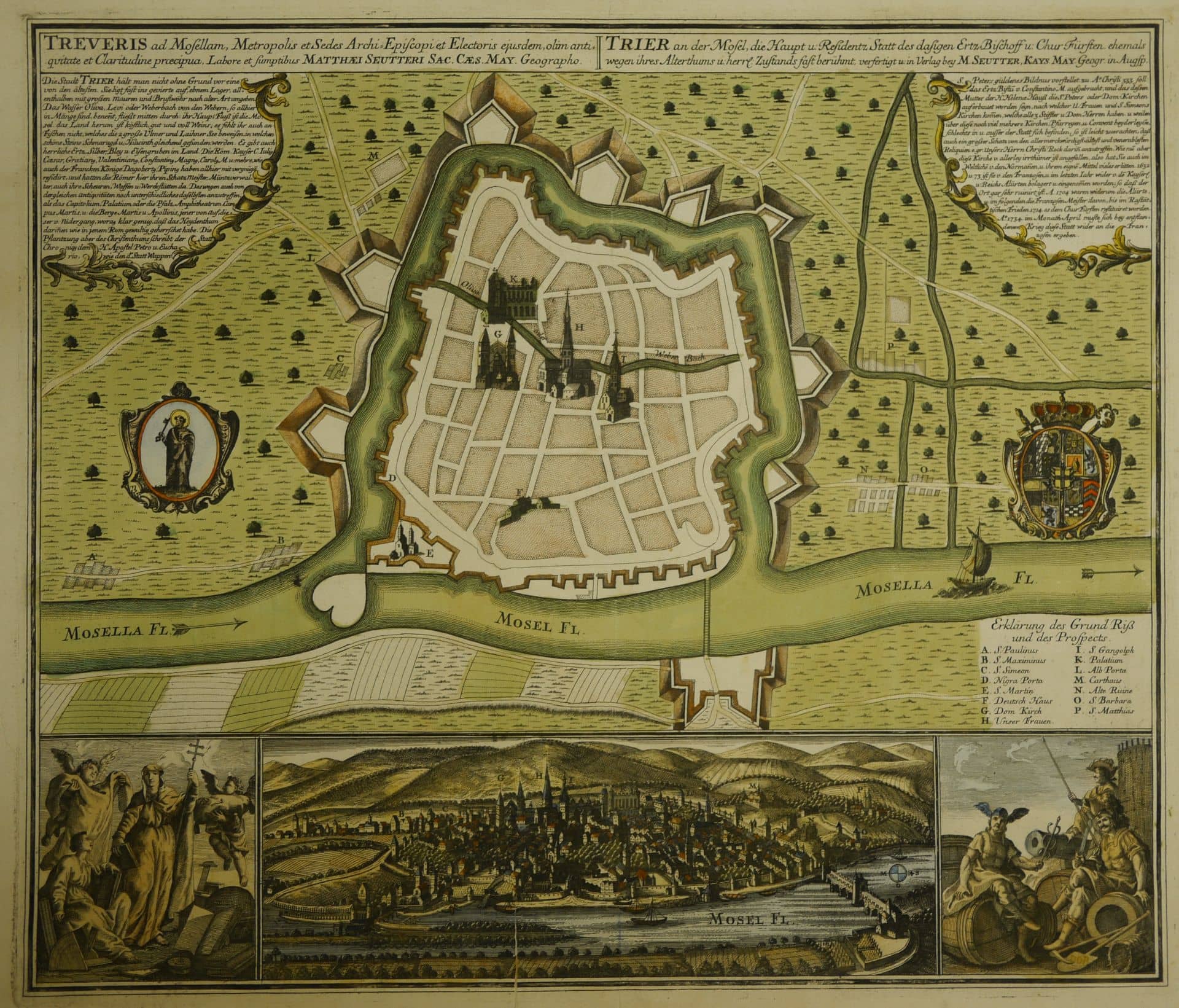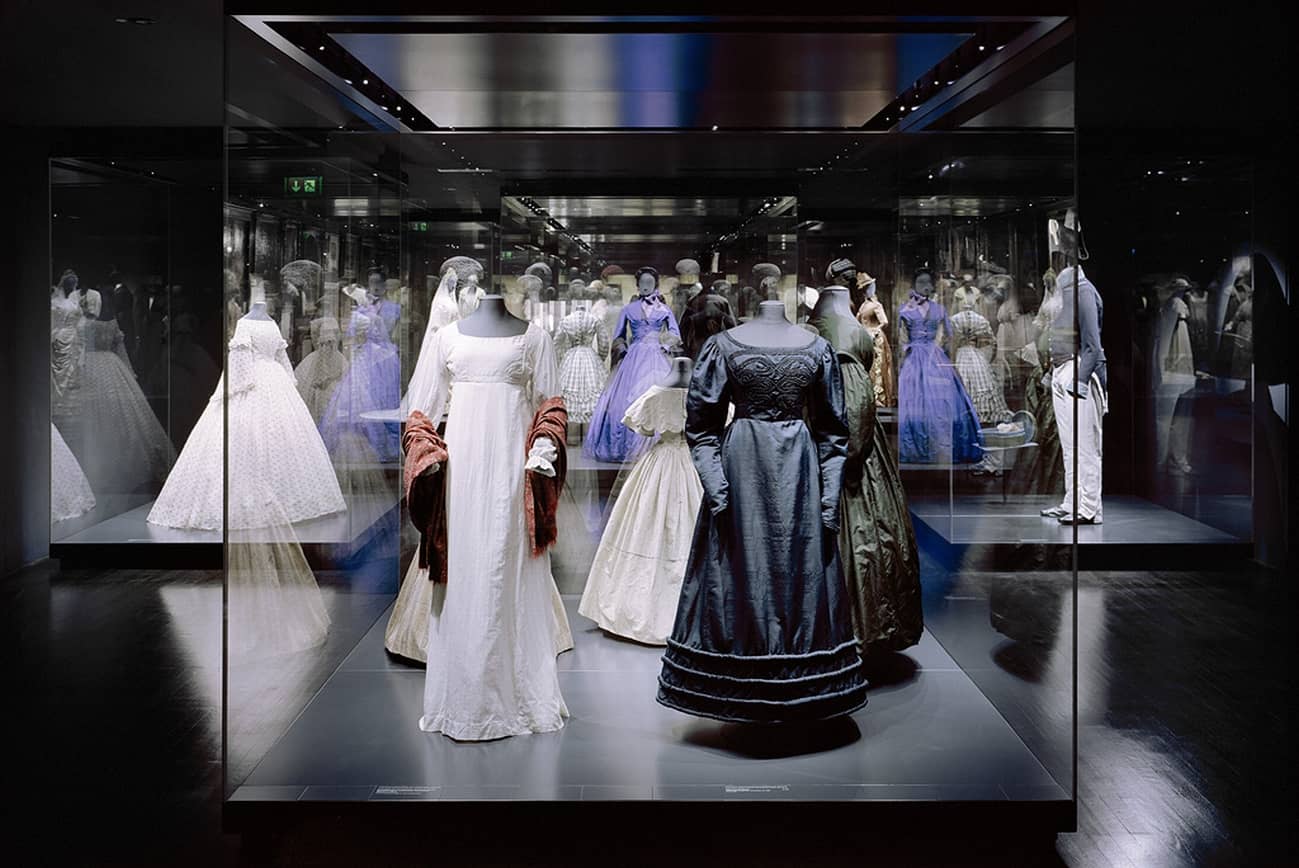City Museum Simeonstift Trier
Discover Trier's rich cultural history through paintings, sculptures, textiles, and historical artifacts from the Middle Ages to the 20th century.

Highlights
Must-see attractions

Social
From TikTok & Reddit
Best Time
Fewer crowds, more peaceful
City Museum Simeonstift Trier
Best Time
Fewer crowds, more peaceful

Highlights
Must-see attractions
Discover Trier's rich cultural history through paintings, sculptures, textiles, and historical artifacts from the Middle Ages to the 20th century.
"A treasure trove of local history, well-organized with clear labels and a spacious layout."
Allocate ample time
Plan for 2-3 hours to fully appreciate exhibits, not just 1 hour. :stopwatch:
Bring a translation app
Some exhibits lack English translations; a phone app can help. :iphone:
Highlights
Discover the most iconic attractions and experiences

Original Facade Statues
Main exhibition halls
See original statues that once adorned a prominent house in Trier's central square.

City Plans
Historical exhibits
View detailed plans of Trier, including its state after WWII destruction.

Textile and Fashion Exhibit
Top floor
Explore an impressive collection showcasing historical textiles and fashions.
Plans like a pro.
Thinks like you
Planning Your Visit
Plan Your Visit Duration
Language Accessibility
Best Times
Insider Tips
from TikTok, Instagram & Reddit
Allocate ample time
Plan for 2-3 hours to fully appreciate exhibits, not just 1 hour. :stopwatch:
Bring a translation app
Some exhibits lack English translations; a phone app can help. :iphone:
Check temporary exhibits
The museum often features innovative temporary exhibitions. :sparkles:
Visit Porta Nigra nearby
It's a good complement to your visit, located right next door. :city_sunrise:
Tips
from all over the internet
Allocate ample time
Plan for 2-3 hours to fully appreciate exhibits, not just 1 hour. :stopwatch:
Bring a translation app
Some exhibits lack English translations; a phone app can help. :iphone:
Check temporary exhibits
The museum often features innovative temporary exhibitions. :sparkles:
Visit Porta Nigra nearby
It's a good complement to your visit, located right next door. :city_sunrise:
Shop for replicas
Find Porta Nigra and Roman replicas, including Roman helmets. :shopping_bags:
What Travellers Say
Reviews Summary
Visitors find the City Museum Simeonstift Trier to be a well-organized and informative museum showcasing local history through impressive collections of art and artifacts. While some appreciate the depth of the exhibits and the availability of audio guides, a few note the lack of English translations for certain displays, particularly temporary ones.
"This museum is a treasure trove of local history. The audio guide is a great addition, but I regret missing out on much of the information because my phone was dead and I couldn’t use Google Translate. I’m disappointed that I’ll miss the upcoming exhibit about the city’s walls. Despite this, the museum is well-organized, with clear labels and a spacious layout. Even the top floor exhibit about textiles and fashions was impressive. A definite must see when in town."
Michael Blair
"Very interesting museum. You can see the original statues which were on the facade of a house in central square. Don’t miss the plan of the city and the one after ww2 destruction.
Small but interesting museum. Visit takes around 1 h, depending of your interest. A good complement with Porta Nigra next to it."
David D
"Very well laid out museum!
The exhibits were very well organised and well maintained/restored! A lot of history to imbibe!
Entrance fees was reasonable.
We left quite early as we had some other commitments. But definitely plan 2-3 hours for making a proper visit of this museum!
The shop also has a very good collection of Porta Nigra replicas and Roman replicas! A Roman Helmet is available to try and for those who are curious, available for purchase!"
Sanjeev Bhushan
What People Like
What People Dislike
Frequently Asked Questions
🚇 🗺️ Getting There
The museum is conveniently located near the Porta Nigra, making it easily accessible by public transport within Trier. Many visitors find it a pleasant walk from the city center. Check local bus routes for the most direct options.
Parking in the immediate vicinity of the museum can be limited due to its central location. It's advisable to use public parking garages in Trier's city center and walk to the museum.
🎫 🎫 Tickets & Entry
Opening hours can vary, so it's always best to check the official museum website or local listings before your visit. Generally, it's open during typical museum hours on weekdays and weekends.
Entrance fees are generally considered reasonable. Specific pricing details can be found on the museum's official website. Look out for potential discounts for students, seniors, or groups.
While not always necessary for general admission, purchasing tickets in advance might be beneficial, especially during peak tourist seasons or for special exhibitions. Check the museum's website for online booking options.
Information regarding accessibility, including wheelchair access and facilities, should be available on the museum's official website. It's recommended to contact the museum directly if you have specific accessibility needs.
🎫 🧭 Onsite Experience
While some visitors can get a good overview in about an hour, many recommend allocating 2-3 hours to fully explore the collections and any temporary exhibitions. This allows for a more in-depth appreciation of Trier's history.
Yes, audio guides are available and are considered a great addition for understanding the exhibits. However, ensure your phone is charged if you plan to use translation apps alongside them.
The museum showcases a rich collection of art and cultural artifacts, including paintings, sculptures, textiles, and furnishings, spanning from the Middle Ages to the 20th century. You can also see original statues from a historic house facade and city plans.
While many exhibits have clear labels, some visitors have noted that temporary exhibitions may not always have English translations. Bringing a translation app on your phone can be helpful.
The 'TELL ME MORE – Bilder erzählen Geschichten' exhibition focuses on storytelling through 100 paintings from the museum's own collection, offering a deep dive into visual narratives.
🍽️ 🍽️ Food & Dining
Typically, museums of this size do not have extensive dining facilities. There might be a small cafe or vending machines, but it's advisable to check the museum's website for current offerings or plan to dine in nearby restaurants.
Given its central location, you'll find numerous restaurants, cafes, and bakeries in the surrounding streets of Trier. Explore the areas around the Porta Nigra for a variety of culinary options.
📸 📸 Photography
Photography policies can vary. Generally, personal photography for non-commercial use is often permitted, but flash photography might be restricted to protect the artifacts. Always look for signage or ask museum staff for clarification.
The original statues from the house facade and the detailed city plans can be quite visually interesting. The textile and fashion exhibits also offer unique photographic opportunities.
For Different Travelers
Tailored advice for your travel style
👨👩👧 Families with Kids
If you have younger children, ensure you have translation tools ready, as English explanations might be sparse for some displays. The museum shop's replicas, especially the Roman helmets, could be a fun takeaway for kids interested in Roman history.
🏛️ History Buffs & Art Enthusiasts
Don't miss the textile and fashion exhibits on the top floor, which are noted as impressive. Keep an eye out for temporary exhibitions like 'TELL ME MORE,' which offer unique perspectives on art and storytelling. Allocate at least 2-3 hours to fully appreciate the depth of the collections.
Deep Dives
In-depth insights and expert knowledge
Exploring Trier's Cultural Heritage
The museum's layout is designed to guide visitors through different eras and themes. Key highlights include the original statues that once graced a prominent house in the city center, offering a tangible connection to Trier's architectural past. Furthermore, the detailed city plans, including those illustrating the post-WWII reconstruction, provide invaluable context for understanding the city's resilience and development.
Beyond the permanent collections, the museum frequently hosts innovative temporary exhibitions, such as the 'TELL ME MORE' exhibit, which uses paintings to tell stories. These rotating displays ensure that each visit can offer something new and engaging, making the museum a dynamic cultural hub. The shop also offers a good selection of replicas, including Porta Nigra and Roman items, allowing visitors to take a piece of history home.
Navigating the Museum Experience
Language accessibility is a point to be aware of. While many displays are well-labeled, some visitors have noted that English translations may be limited, particularly for temporary exhibitions. Bringing a translation app on your smartphone can significantly enhance your understanding and appreciation of the content.
The museum's proximity to other major Trier landmarks, like the Porta Nigra, makes it an ideal stop on a broader sightseeing itinerary. Many visitors find it a convenient and complementary experience to explore both sites in close succession.
Social
from TikTok, Instagram & Reddit